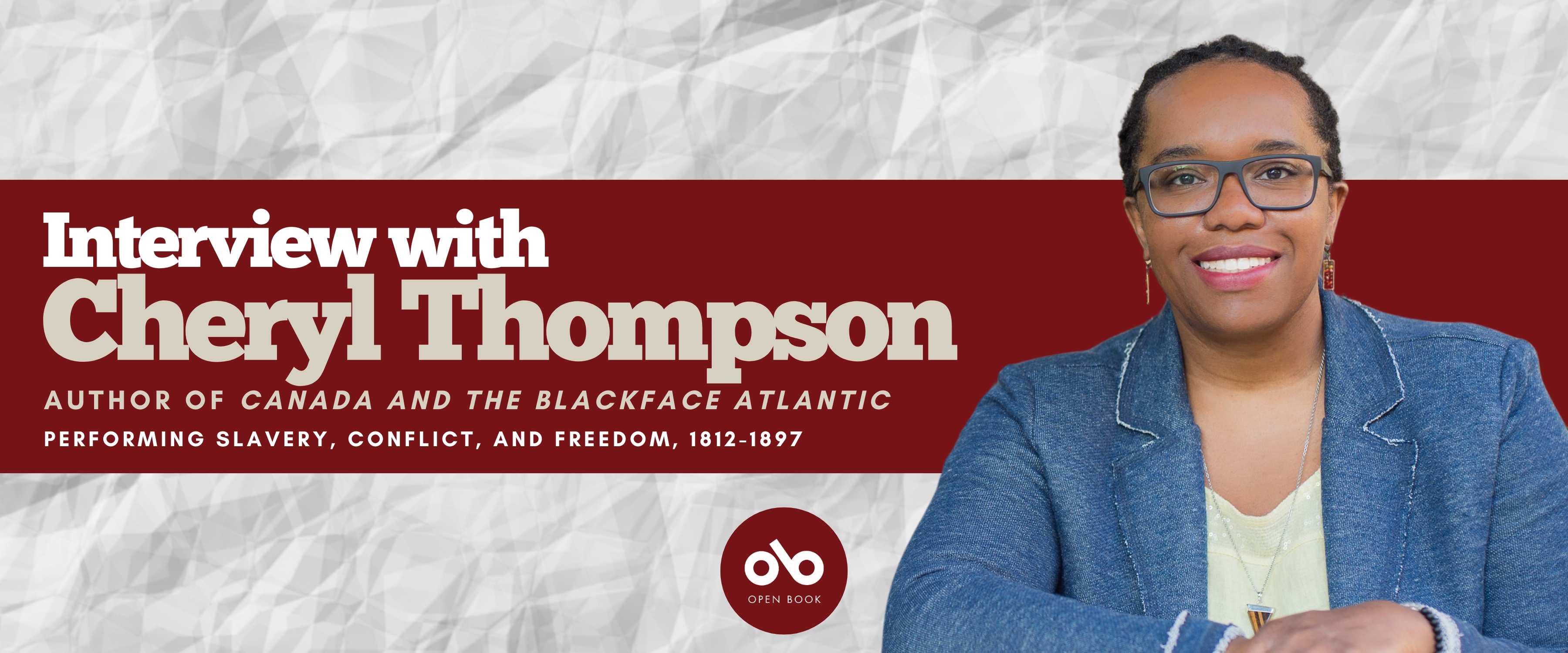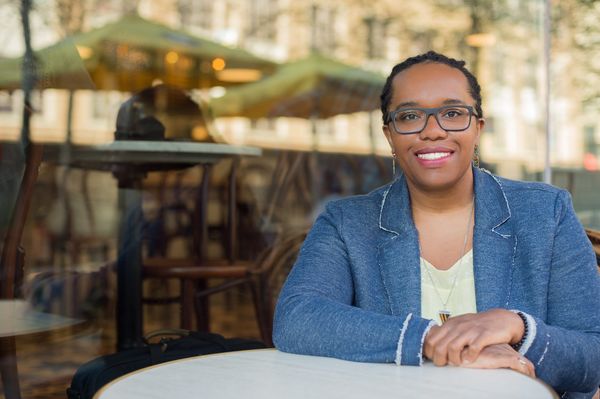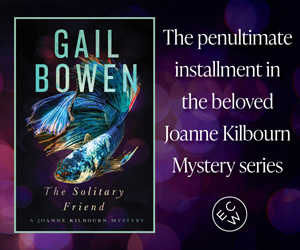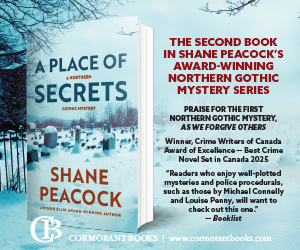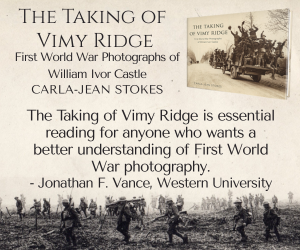Scholar Cheryl Thompson Unpacks a Crucial Part of our National History in Canada and the Blackface Atlantic
While most Canadians tend to think that the legacy of racism and slavery that forms so much of United States history is separate from ours, there is a far deeper connection that is often ignored. From as early as the late-eighteenth century, the emergence of theatrical acts was joined by minstrel stages and blackface troupes that travelled Central and Maritime Canada. In fact, this prevalence of blackface theatre changed the cultural landscape forever.
This history is explored with great care and detail in Cheryl Thompson's new nonfiction work, Canada and the Blackface Atlantic: Performing Slavery, Conflict, and Freedom, 1812-1897 (Wilfrid Laurier University Press). The author unpacks the way that these events led to the emergence of Black singers and chorus groups, and how these performers managed to navigate oppressive and racist practices that formed another system of slavery on Canadian stages.
From the conflicts and wars that changed North America, to the folk dances and masking traditions that came into Canada from British and American immigrants, Thompson deftly examines how Black cultures evolved and survived the "Jim Crow" phenomenon that gripped the Atlantic world, and how Black performers "reimagined the parameters of their own freedom."
We're excited to share this riveting True Story Nonfiction Interview with the author, where she talks about the long journey to writing the book, and the historical and cultural gravity of the subject.
Open Book:
Tell us about your new book and how it came to be. What made you passionate about the subject matter you're exploring?
Cheryl Thompson:
Canada and the Blackface Atlantic is a book that took me nearly 15 years to write. I first started my archival research on this topic back when I was a PhD candidate at McGill University in 2011, and at that time, I did not know that the work I was doing was going to be a book. The topic was not related to my dissertation, but I just felt that I had to start collecting newspaper ephemera on the topic because it was a constant presence in the archive. The more I found artifacts, images, and newspaper articles the more I began to realize that this topic was huge. It had been all but ignored in the Canadian historical record but for a few articles written by Stephen Johnson, who would later become my Banting postdoctoral fellow supervisor, but beyond his work, no Canadian scholar had ever taken a serious look into blackface performance in Canada, but more specifically, the performative and codified production of racial difference.
Having written this book, I truly believe that one of the reasons why, in the contemporary, people have such a hard time grappling with difference (meaning, some people believe that by talking about race you further divide people) is because of a deep (and historical) lack of understanding about racial production and the legacy of blackface as entertainment. I truly believe that my book will help many people begin to grasp that by talking about race, we gain deeper understanding about racial production and the false narratives that have, since the nineteenth century, kept people from truly knowing those who are different to them.
OB:
What was your research process like for this book? Did you encounter anything unexpected while you were researching?
CT:
This research process was long, difficult, and required a lot of mental fortitude. First, the material that I had to sort through was incredibly racist and demeaning to Black people. This was challenging at first, but then I began to put it all into context and understand that the images, newspaper articles, etc. were not actually about real Black people. They were about the produced, disseminated, and promoted imagined Black person of the minstrel show, advertising, literature, etc. Second, I was surprised that I encountered a lot of resistance to my research at some of the archives I went to.
Your CanLit News
Subscribe to Open Book’s newsletter to get local book events, literary content, writing tips, and more in your inbox
The materials are publicly available; the finding aid lists what is in the collection, and yet, when I would request the material, invariably, the person working at the archive wanted to know why or they would ask me what I was planning “to do” with the material. This was very unexpected and it made me feel as though the materials themselves were not the problem, but rather, the institutional processes that guard these materials were also contributing to the problem of misrepresenting the past, erasing race from the past, and sanitizing the Canadian record. My hope is that my book challenges the institutional archive to not play defense when it comes to materials in its possession, as it is only when we have access to the past that we can move forward in the present.
OB:
What do you love about writing nonfiction? What are some of the strengths of the genre, in your opinion?
CT:
Nonfiction is the most wonderful genre to write because it presents an opportunity to challenge one’s thinking, memories, and knowledge about a topic. I love the idea of disrupting timelines and creating a messiness around what we think we know, and where we think something comes from. Some of the strengths of the genre relate to its potential to disrupt. I never used to see myself as a rebel, but given the topics that I write about, I now embrace that title! Nonfiction is my canvas, so to speak, and it is where I challenge dominant narratives, clarify existing misconceptions about the past, and also insert Black lives into the Canadian landscape where they have been systematically and in some instances, intentionally removed. As a nonfiction author, I get the chance to right the wrongs of the past, and give a voice to those in history who had no public voice to do so. It’s quite empowering!
OB:
What do you need in order to write – in terms of space, food, rituals, writing instruments?
CT:
I am the most productive during the hours of 2pm and 6pm. Most of my books are written within this timeframe. I don’t know why these hours are always my most productive but one thing I’ve learned during my 20+ years as a writer is that once you find your sweet spot, you need to listen to that inner voice and work with it, not against it. Whenever I try to get up early in the morning and write, I literally look at a blank screen for 3 hours until it hits 2pm, I’ve had my lunch, and suddenly everything I want to say just comes pouring out. I also have developed a rather advanced ability to make sense of a primary source quickly and incorporate it into my analysis and secondary sources. This was training I know I got from my PhD, and I know to lean into it during the process. Other than that, all I need to write is my laptop, a seat cushion for my chair, and at least 2 litres of water/day. Staying hydrated is vitally important to my creative process.
OB:
Do you remember the first moment you began to consider writing this book? Was there an inciting incident that kicked off the process for you?
CT:
During the 2000s through 2010s, there were many blackface incidents that seemed to be centralized either on Canadian university campuses, during Halloween, or photographs of politicians (Justin Trudeau being the most salacious) that appeared on social media that struck me as both strange and intriguing. I use the word “strange” because the practice seemed so clearly racist and offensive that I could not understand why, in the twenty-first century, a non-Black person could not see that. But at the same time, I was intrigued by the fact that, in the contemporary, we seemed only capable of focusing on the act of blackface as racist, rather than thinking about blackface as a form of racial production that was not so much about the individual person, but more so a wider system of production that likely had its origins long before the twentieth or twenty-first century. I was drawn by what seemed to be a gap in the public/historical knowledge about blackface as both a performative act on the one hand, and a commercial theatrical enterprise on the other hand. This book came out of recognizing this tension, and being determined to resolve my own confusion about it. I think readers of Canada and the Blackface Atlantic will find that it opens up a conversation about what we think we know about race and the latent racism of blackface.
OB:
What are you working on now?
CT:
I can’t say too much about it, but Canada and the Blackface Atlantic is part of a series of books on this topic. Once I started writing this book, I realized early on that there was no way I could tell a comprehensive story – which is something I do with all my books – without breaking up the story into historical periods. The time period of this book – 1812 to 1897 – covers a very specific moment in the history of racial production. The follow up books will continue the story through to the 1990s. When it is all said and done, my aim is to make it virtually impossible for anyone to say that blackface isn’t part of Canadian culture, and even more impossible for anyone to say that race hasn’t played a role in shaping Canadian identity. If there is one central theme running through the books I am working on right now, I would say these last two points are it. Thank you.
______________________________________
Cheryl Thompson is Canada Research Chair in Black Expressive Culture and Creativity at Toronto Metropolitan University and director of Mapping Ontario’s Black Archives (MOBA). She is the author of Uncle: Race, Nostalgia, and the Politics of Loyalty (2021) and Beauty in a Box: Detangling the Roots of Canada’s Black Beauty Culture (2019).
